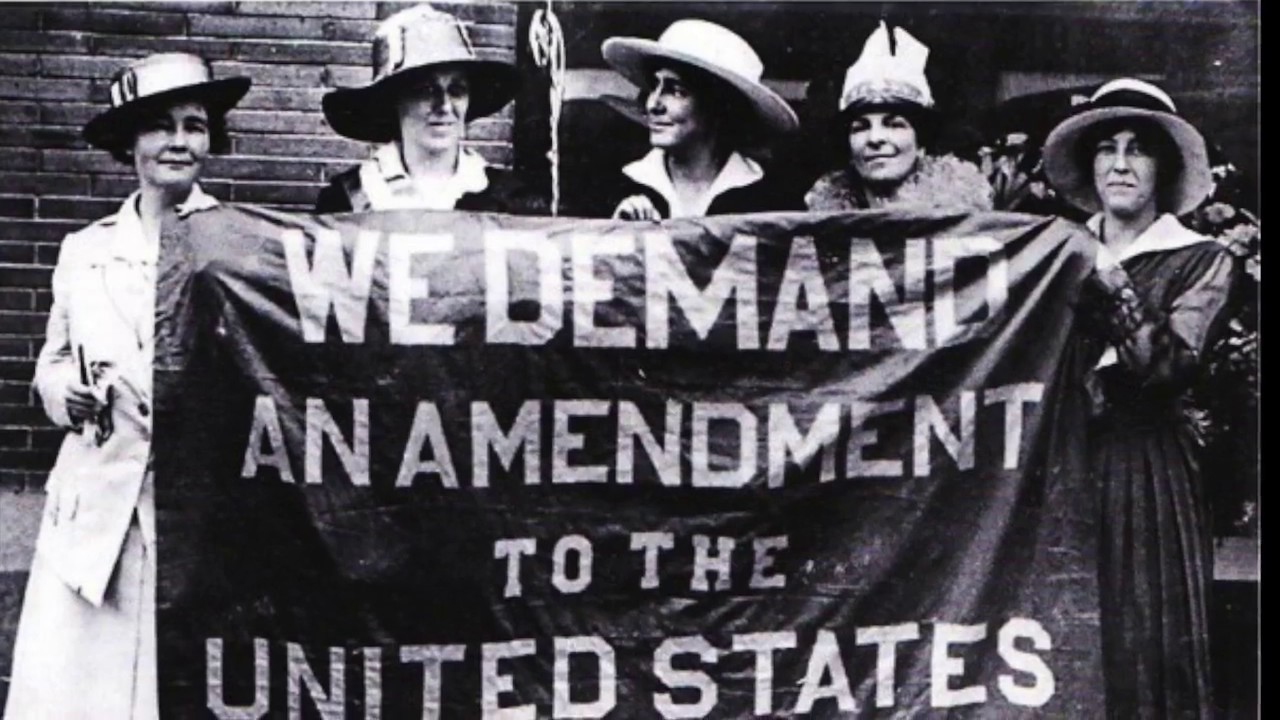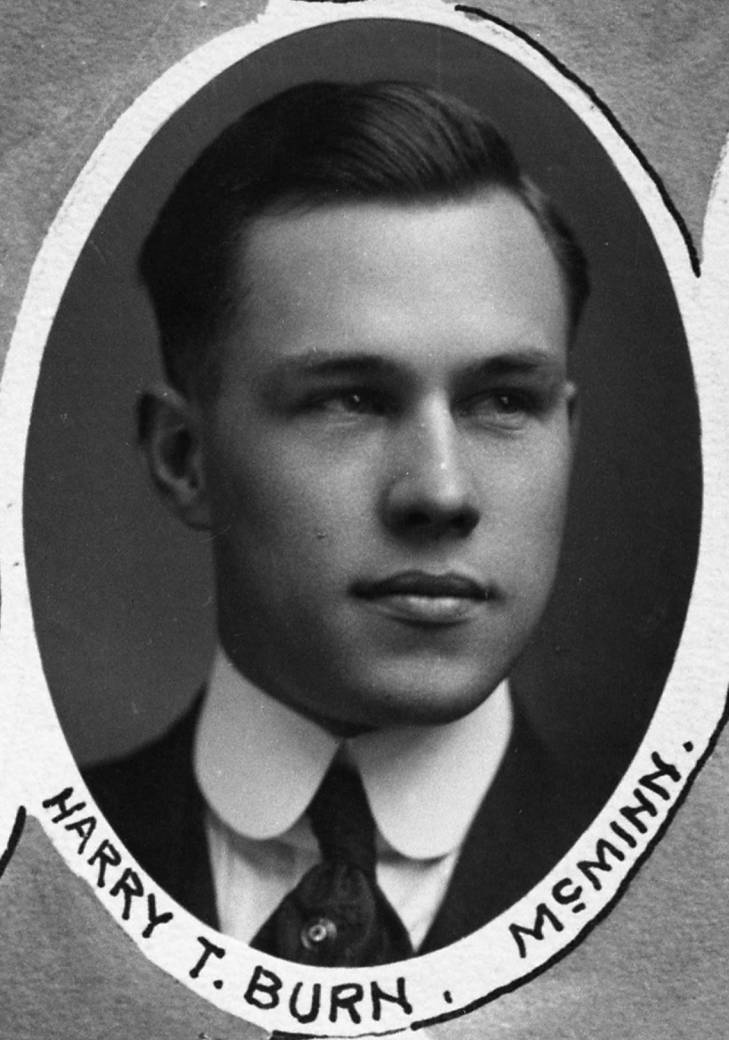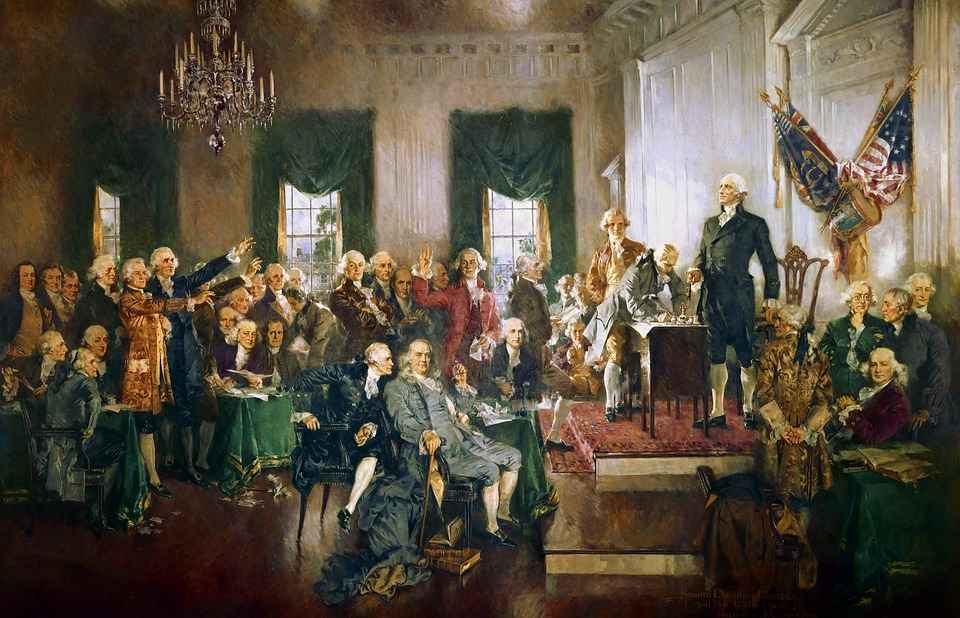The Nineteenth Amendment
The women’s suffrage movement (the right of women to vote in elections) lost some momentum during and after the Civil War, when the country was preoccupied with other issues.
Soon, the movement picked up again. Women argued that the Fourteenth Amendment, which said all citizens had equal rights under the law, meant that women could vote.
The Supreme Court did not agree with this this argument, so supporters of women’s suffrage changed their strategy. They began to call for a new amendment that would give women the right to vote.
By 1918, 20 states and the Alaska Territory had granted women the right to vote. It was clearly time to introduce a constitutional amendment.
Passing the Nineteenth Amendment
In 1918, the amendment was passed by the House of Representatives, but it failed in the Senate. The Senate held another vote in early 1919. This time, the amendment failed to pass by one vote.
President Woodrow Wilson had once been against giving women the right to vote, but he now supported it. He called a special session of Congress in spring of 1919 and urged them to pass the amendment.
On June 4, 1919, the Senate finally passed the Nineteenth Amendment. Now it needed to be ratified by the states.
Many states ratified the amendment quickly, since they already allowed women to vote. Some were not so sure.
By March of 1920, 35 states had ratified the amendment. Only one more state was needed to officially pass the Nineteenth Amendment.
After several states rejected the amendment, it came down to Tennessee. At first, the Tennessee vote was a tie.
The deciding vote was cast by 24-year-old Harry Burn. Burn had received a letter from his mother telling him, “Don’t forget to be a good boy,” and to help pass the amendment.
Burn changed his vote from “no” to “yes,” and the amendment was ratified.
Other Interesting Facts About the Nineteenth Amendment
This amendment was first introduced by Senator Aaron A. Sargent of California in 1878, but it was rejected by a 16 to 34 vote.
The Wyoming Territory gave women the right to vote in 1869. Soon after Wyoming joined the Union in 1890, women also gained the right to vote in Colorado, Utah, and Idaho.
Between 1910 and 1918, women were given the right to vote in Arizona, Arkansas, California, Illinois, Indiana, Kansas, Michigan, Montana, Nebraska, Nevada, New York, North Dakota, Oklahoma, Oregon, South Dakota, Washington, and the Alaska Territory.
Related: United States facts.
The same year the Nineteenth Amendment was ratified, in November of 1920, women voted in a presidential election for the first time. More than 8 million women across the U.S. voted.
When Harry Burn changed his vote and voted in favor of the amendment, the representatives who were against the amendment angrily chased after him. He had to escape from a third-story window of Tennessee’s Capitol building.
It took more than 60 years for the remaining 12 states to ratify the Nineteenth Amendment. Mississippi was the last state to ratify, on March 22, 1984.




